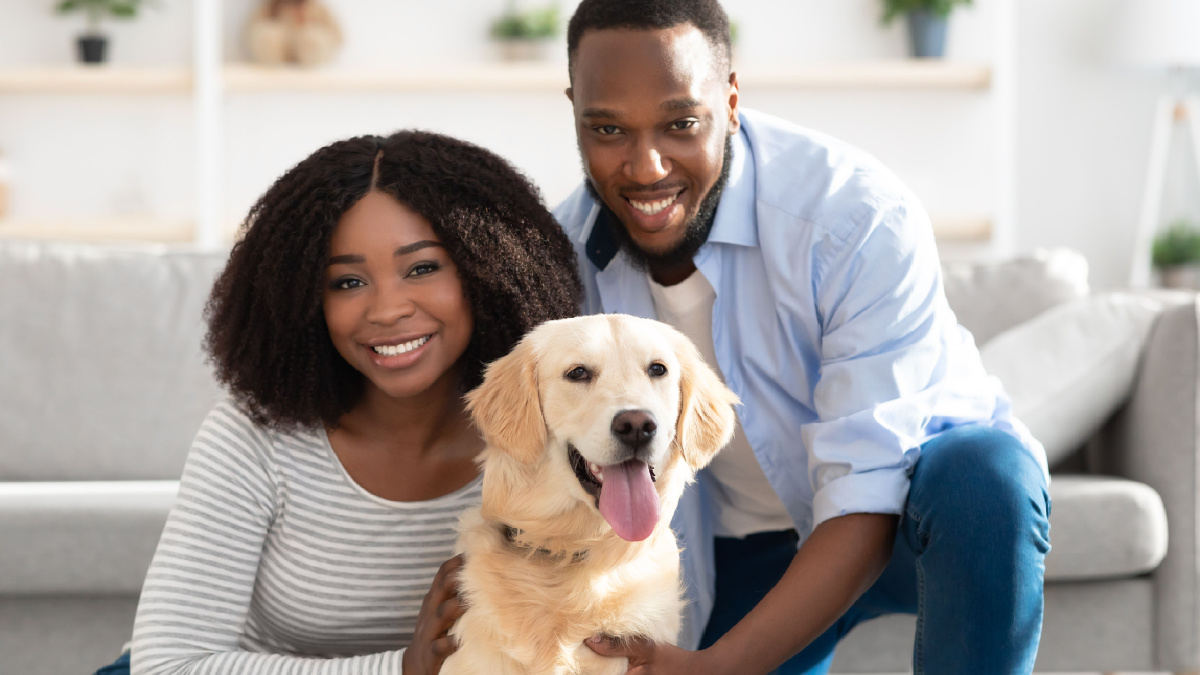Understanding dog behavior and body language is an essential aspect of preventing dog bites. Dogs communicate through their body language, and it is crucial for dog owners and non-dog owners alike to understand the signals that dogs give off. Some common signals that a dog is uncomfortable or agitated include growling, baring teeth, raised fur, and a stiff tail. Dogs may also avoid eye contact or turn their head away if they are feeling anxious.
By understanding dog behavior and body language, individuals can avoid situations that may trigger a dog to bite. For example, approaching a dog that is showing signs of discomfort or fear can be dangerous. Additionally, children should be taught how to interact with dogs safely and to recognize when a dog is not receptive to their attention. Overall, understanding dog behavior and body language is a critical component of preventing dog bites and promoting safe interactions between dogs and humans.
Training And Socializing Your Dog
Training can help tame a naughty dog. A dog training usually involves teaching them basic obedience commands such as sit, stay, come, and heel. It also involves teaching your dog appropriate behavior, such as not jumping on people or furniture, not biting or nipping, and not barking excessively. Training your dog can help them understand what is expected of them and can also strengthen the bond between you and your furry friend.
Socializing your dog involves exposing them to different environments, people, and animals. This can help your dog become more comfortable in various situations and reduce their anxiety or fear towards strangers or other dogs. Socializing your dog can also teach them how to interact appropriately with other animals and humans, reducing the risk of aggression or biting. By focusing on training and socializing your dog, you can create a well-behaved and socialized companion that is less likely to bite or exhibit aggressive behavior.
Teaching Children How To Interact With Dogs
Children are often curious and playful, which can lead them to approach dogs in an unsafe manner. Educating children on how to read a dog’s body language, such as a wagging tail or bared teeth, can help them understand when a dog is feeling comfortable or threatened. Additionally, children should be taught to always ask for permission before petting a dog and to approach slowly and calmly. By teaching children these basic safety guidelines, they can develop a healthy and positive relationship with dogs while also avoiding potential dog bites.
Furthermore, it is important to emphasize that not all dogs are the same and to never assume that a dog is friendly. Children should be taught to respect a dog’s personal space and to never approach a dog who is eating, sleeping, or caring for puppies. Additionally, children should be taught to never tease or provoke a dog, and to avoid staring directly into their eyes, as this can be perceived as a threat. Overall, educating children on how to interact with dogs can help prevent dog bites and promote a safe and enjoyable experience for both children and dogs.
Recognizing And Avoiding Aggressive Dogs
You must understand that an aggressive dog may not always be easy to spot, and any dog can become aggressive under certain circumstances. However, some signs may indicate that a dog is feeling threatened or uncomfortable, such as growling, barking, snarling, or showing its teeth. In such situations, it is best to avoid approaching the dog and to give it space. Additionally, pet owners should always keep their dogs on a leash when in public areas and train them to be well-behaved around other people and animals.
Furthermore, it is essential to teach children how to interact with dogs safely and respectfully. Children should always ask permission before petting a dog and avoid making direct eye contact or approaching a dog while it is eating or sleeping. If a dog appears aggressive or threatening, children should be taught to stay calm and still and avoid running away or screaming, as this may trigger the dog’s predatory instincts. By recognizing and avoiding aggressive dogs, we can help prevent dog bites and promote a safer environment for both humans and pets.
Properly Restraining And Handling Dogs
Dog owners must ensure that their dogs are properly restrained when in public areas or around unfamiliar people. This can include using a leash, a muzzle, or a harness to keep the dog under control. It is also important to teach the dog basic obedience commands, such as “sit” and “stay,” to help control their behavior in different situations.
In addition to proper restraint, it is crucial to handle dogs gently and with care. Rough handling or physical punishment can lead to fear or aggression in the dog, increasing the risk of a bite. Dogs should be approached calmly and slowly, and allowed to sniff and investigate new people or objects at their own pace. By taking these precautions, dog owners can help prevent dog bites and ensure that their pets are well-behaved and safe in public settings.
Identifying And Treating Dog Bite Injuries
Dog bites can be a serious issue and can cause severe injuries, both physical and emotional. It is essential to identify the severity of the bite and take necessary measures to treat it. In case of a minor bite, one should clean the wound with soap and water, and apply a sterile bandage to prevent infection. However, for severe bites, immediate medical attention is required. The doctor may prescribe antibiotics, tetanus shots, or stitches to treat the wound. In some cases, the dog may need to be tested for rabies, and the victim may need to receive a rabies vaccine.
Preventing dog bites is crucial, and it is essential to educate both dog owners and the general public about dog behavior and safety measures. Children should be taught how to interact with dogs, and adults should be cautious around unfamiliar dogs. It is also essential to recognize the signs of aggression in a dog and avoid provoking them. By taking these precautions, we can reduce the number of dog bites and ensure that both humans and dogs are safe and happy.
Legal Consequences Of Dog Bites
The legal consequences of dog bites can vary depending on the severity of the injury and the circumstances surrounding the incident. In some cases, the dog owner may be held liable for the damages caused by their pet, including medical bills, lost wages, and pain and suffering. In extreme cases, the owner may face criminal charges or even have their dog taken away from them.
To prevent legal issues related to dog bites, it is important for owners to take responsibility for their pets and ensure they are properly trained and socialized. It is also important for individuals who have been bitten by a dog to seek medical attention right away and report the incident to the appropriate authorities. By taking these steps, both owners and victims can help prevent future dog bite incidents and avoid legal consequences.
Responsible Dog Ownership And Bite Prevention Education
As dog owners, it is our responsibility to train and socialize our dogs properly, provide them with proper care and exercise, and ensure they are supervised at all times. It is also important to educate ourselves and others on how to approach and interact with dogs safely, especially children who are at a higher risk of being bitten. By practicing responsible dog ownership and promoting bite prevention education, we can create a safer environment for both dogs and humans.
Furthermore, it is important to note that not all dog bites are the result of aggressive or poorly trained dogs. Some dogs may bite due to fear, pain, or feeling threatened. Therefore, it is important to understand and recognize the signs of distress in dogs and avoid situations that may cause them to feel uncomfortable or threatened. By working together, we can reduce the number of dog bites and ensure the safety and well-being of both dogs and humans.




